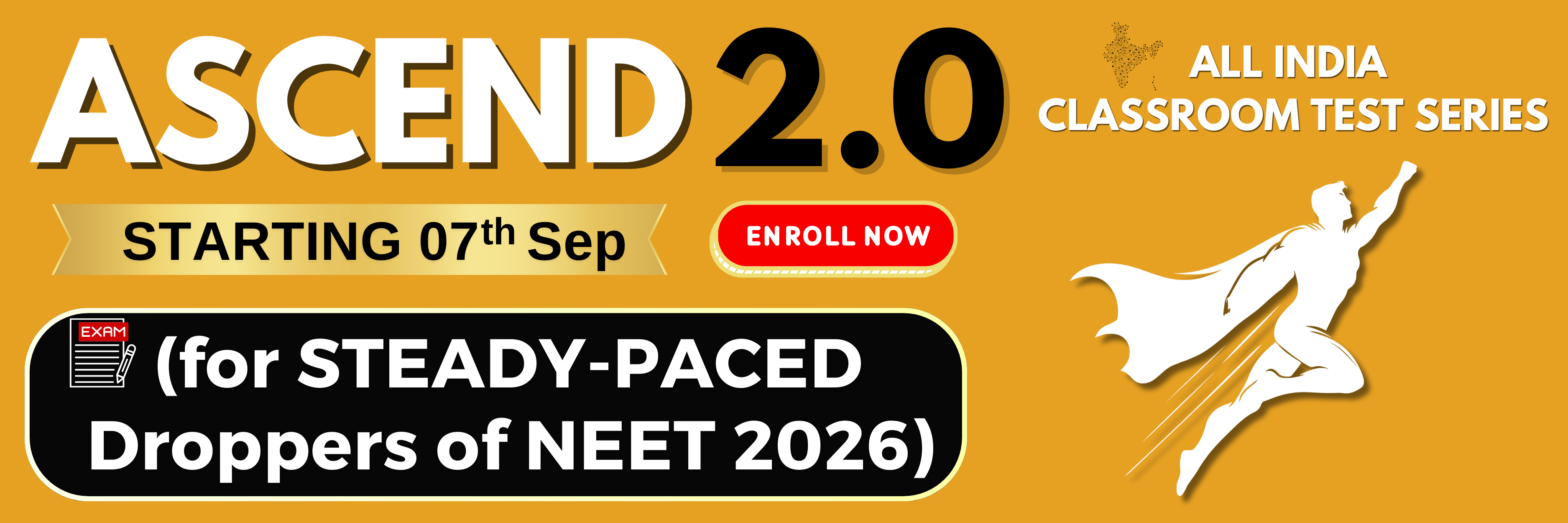Which one of the following has a square planar geometry?
(At. Nos. Co = 27, Ni = 28, Fe = 26, Pt = 78)
1.
[CoCl4]2–
2.
[FeCl4]2–
3.
[NiCl4]2–
4.
[PtCl4]2–
(At. Nos. Co = 27, Ni = 28, Fe = 26, Pt = 78)
Which of the following pairs represents linkage isomers?
1. [Cu(NH3)4] [PtCl4] and [Pt(NH3)4] [CuCl4]
2. [Pd(PPh3)2(NCS)2) and [Pd(PPh3)2(SCN)2]
3. [Co(NH3)5NO3]SO4 and [Co(NH3)5SO4]NO3
4. [PtCl2(NH3)4] Br2 and [PtBr2(NH3)4]Cl2
Which of the following compounds shows optical isomerism?
1. [Co(CN)6]3-
2. [Cr(C2O4)3]3-
3. [ZnCl4]2-
4. [Cu(NH3)4]2+
The value of the 'spin only' magnetic moment for one of the following configurations is 2.84 BM. The correct one is:
1. d5 (in strong ligand field)
2. d3 (in weak as well as in strong fields)
3. d4 (in weak ligand field)
4. d4 (in strong ligand field)
Identify the outer orbital complex among the following options.
(Atomic number Mn=25, Fe=26, Co=27, Ni=28)
1. [Fe(CN)6]4-
2. [Mn(CN)6]4-
3. [Co(NH3)6]3+
4. [Ni(NH3)6]2+
The number of EDTA (ethylenediaminetetraacetic acid) molecules that are required to make an octahedral complex with a Ca2+ ion is/are:
1. Six
2. Three
3. One
4. Two
Number of bridging CO ligands in [Mn2(CO)10] is:
| 1. | 2 | 2. | 0 |
| 3. | 4 | 4. | 1 |
For a metal ion in an octahedral field, the correct electronic configuration is:
| 1. | \( t_{2 \mathrm{~g}}^4 e_g^0 \text { when } \Delta_O<P\) |
| 2. | \(e_{2 \mathrm{~g}}^2 t_g^2 \text { when } \Delta_O<\mathrm{P} \) |
| 3. | \(\mathrm{t}_{2 \mathrm{~g}}{ }^3 \mathrm{e}_{\mathrm{g}}{ }^1 \text { when }{\Delta}_{\mathrm{O}}<\mathrm{P}\) |
| 4. | \(\mathrm{t}_{2 \mathrm{~g}}{ }^3 \mathrm{e}_{\mathrm{g}}{ }^1 \text { when }{\Delta}_{\mathrm{O}}>\mathrm{P}\) |
The hybridization and magnetic nature of , respectively are:
1. and diamagnetic
2. and diamagnetic
3. and paramagnetic
4. and paramagnetic
The stepwise formation of [Cu(NH3)4]2+ is given below
The value of stability constants K1, K2, K3 and K4 respectively. The overall equilibrium constants for the dissociation of
(Rounded off to the nearest integer)
1. 2
2. 4
3. 3
4. 1






